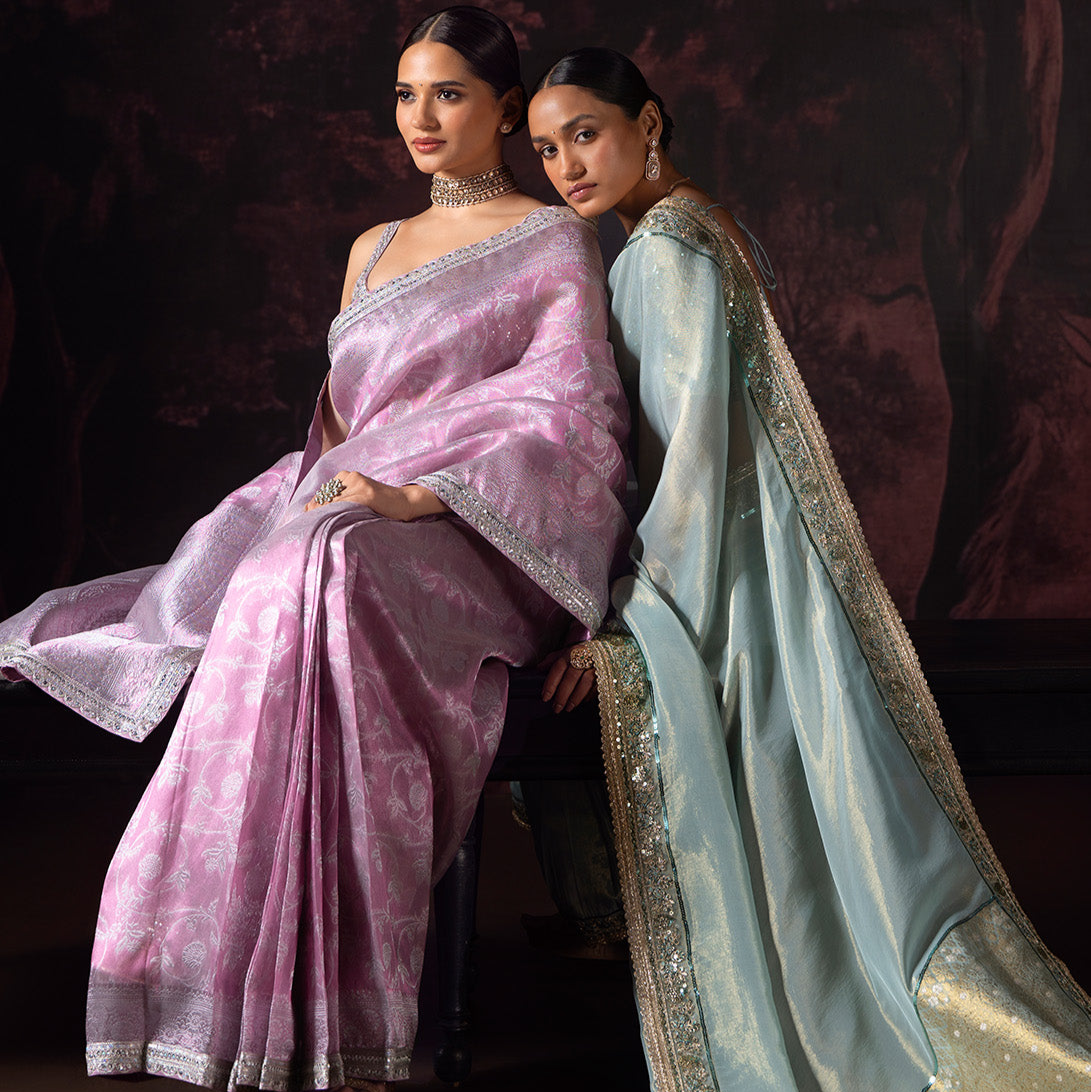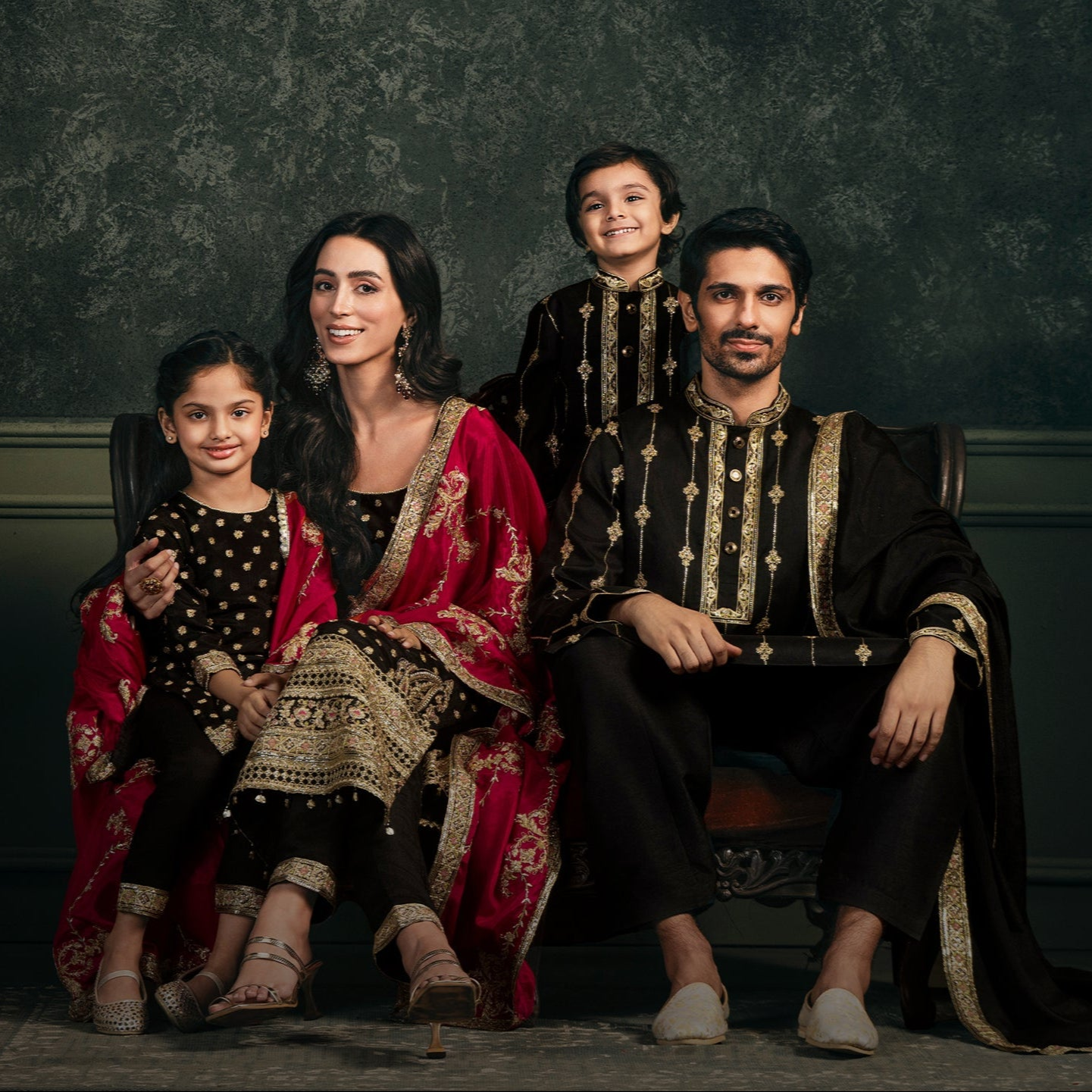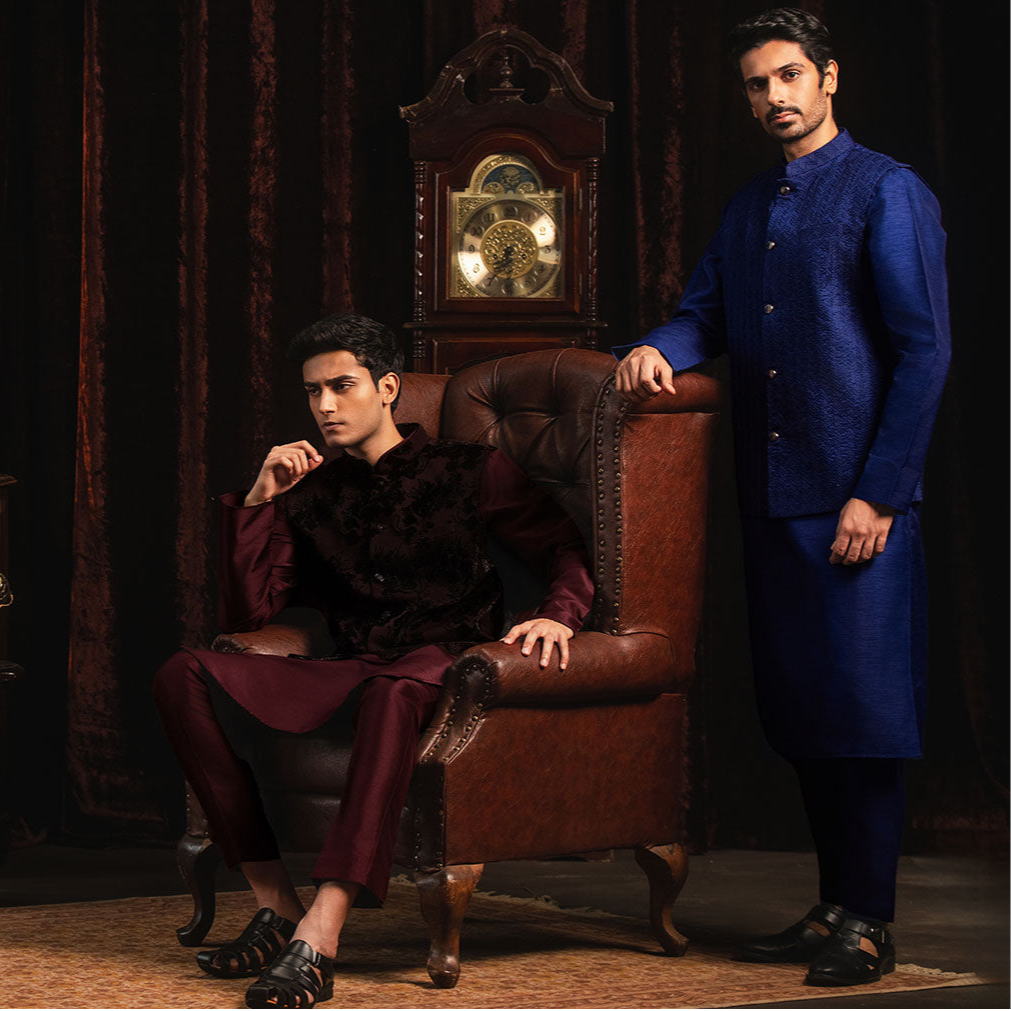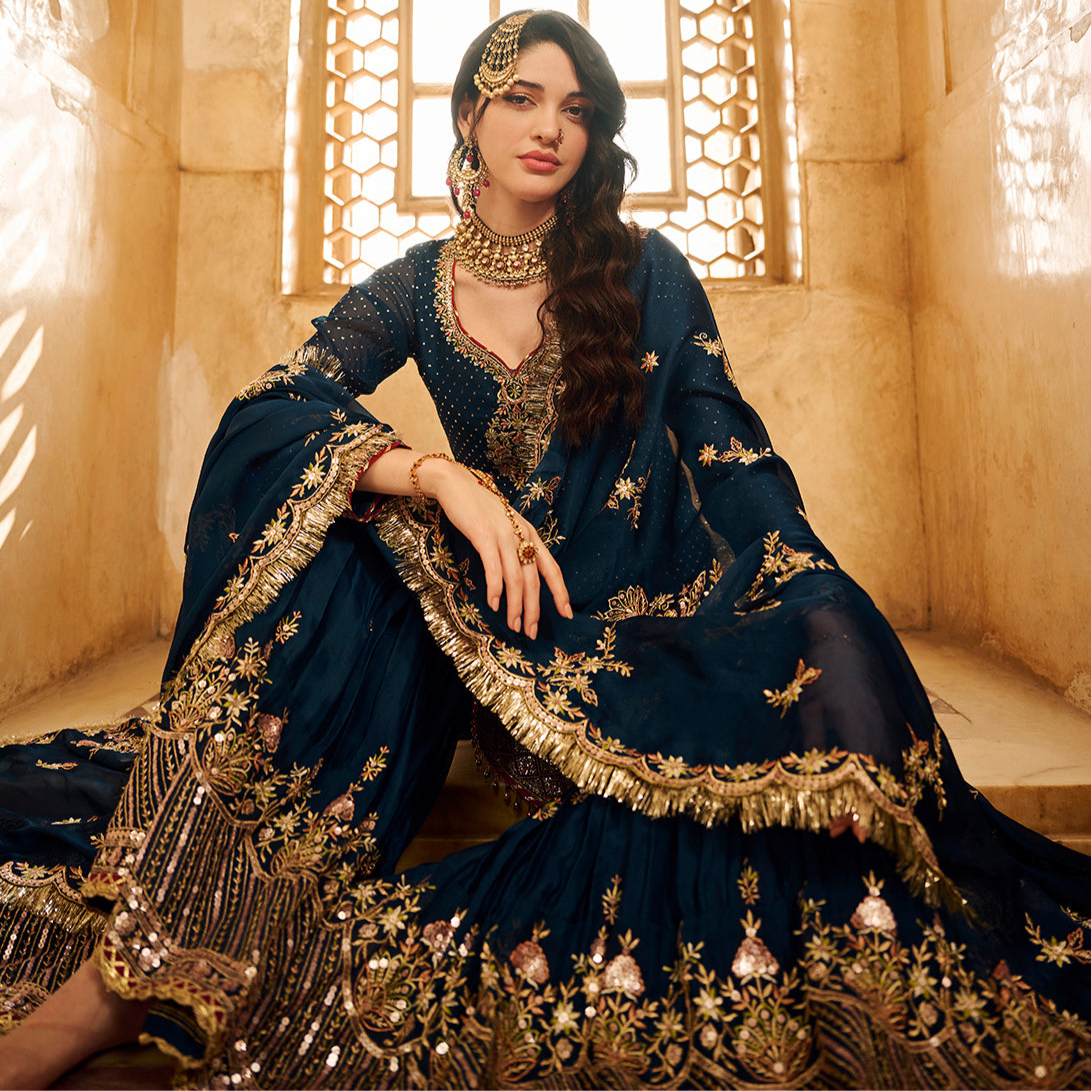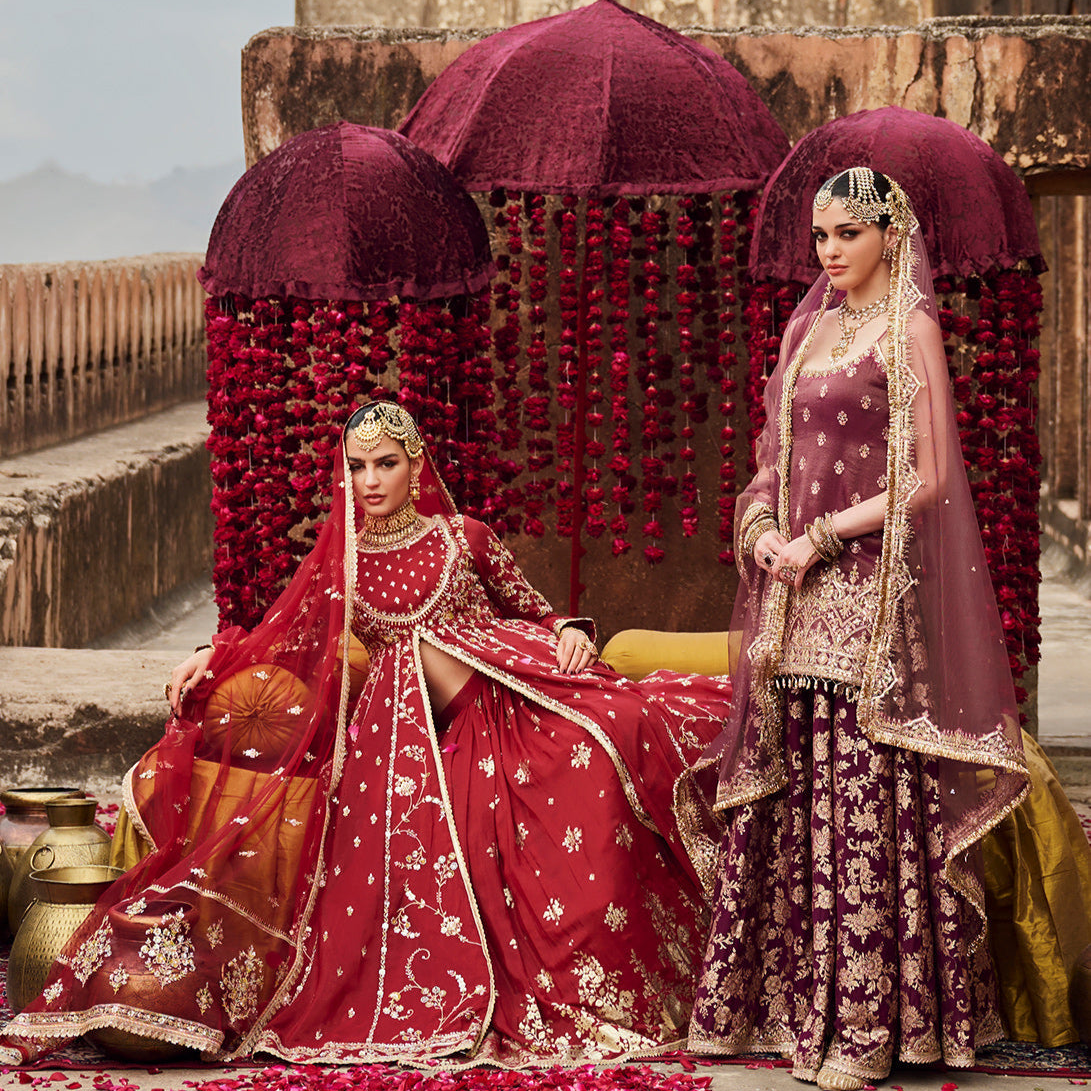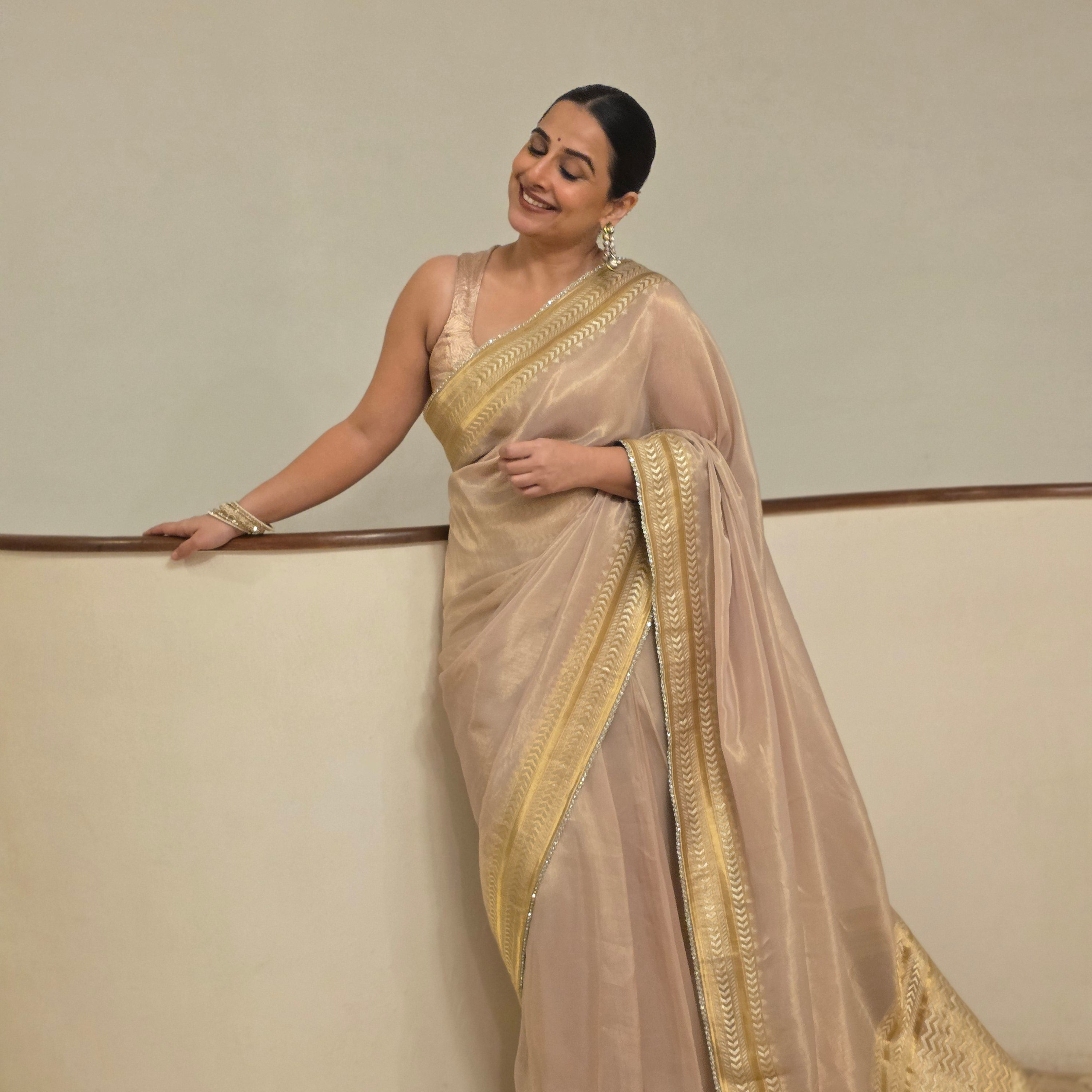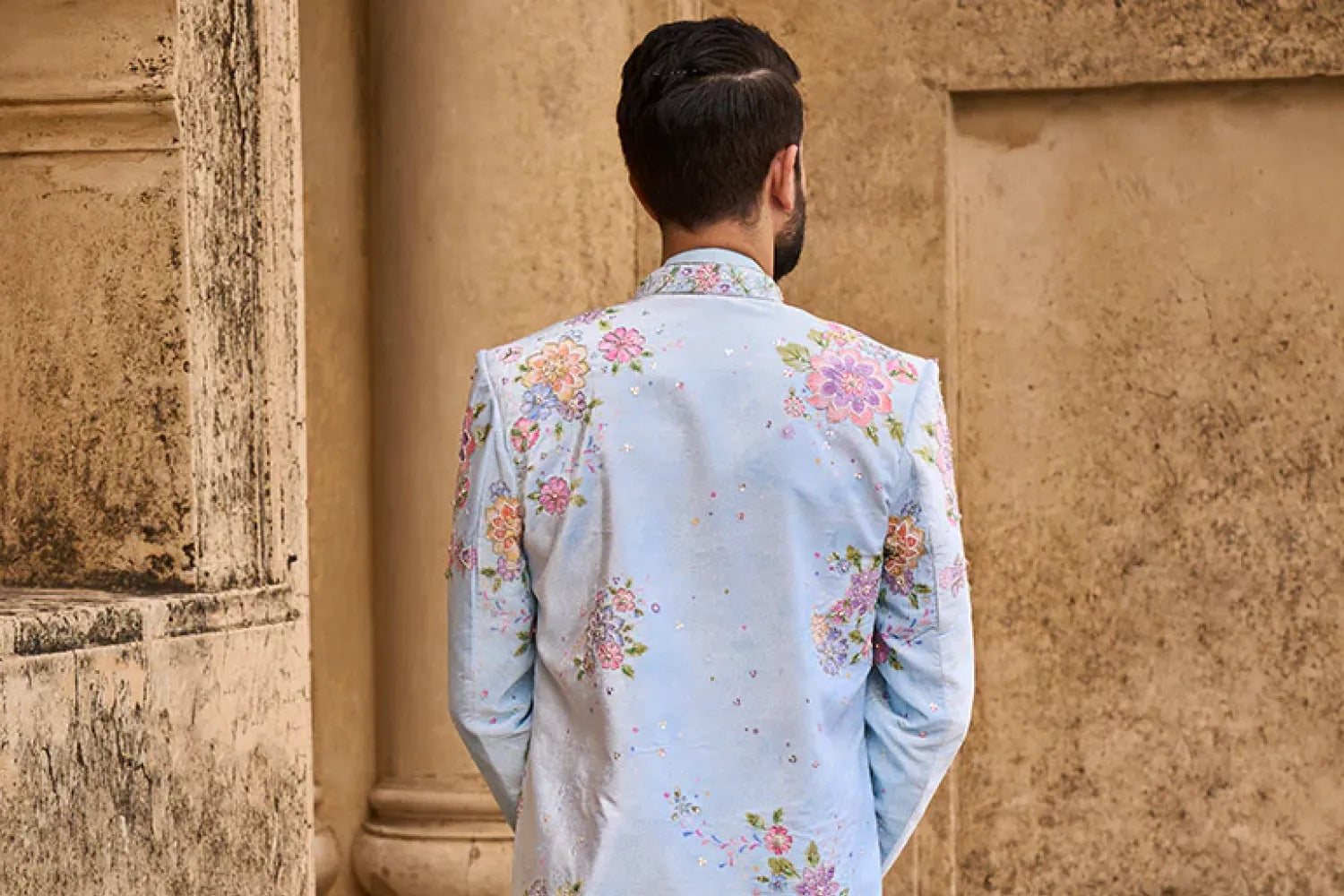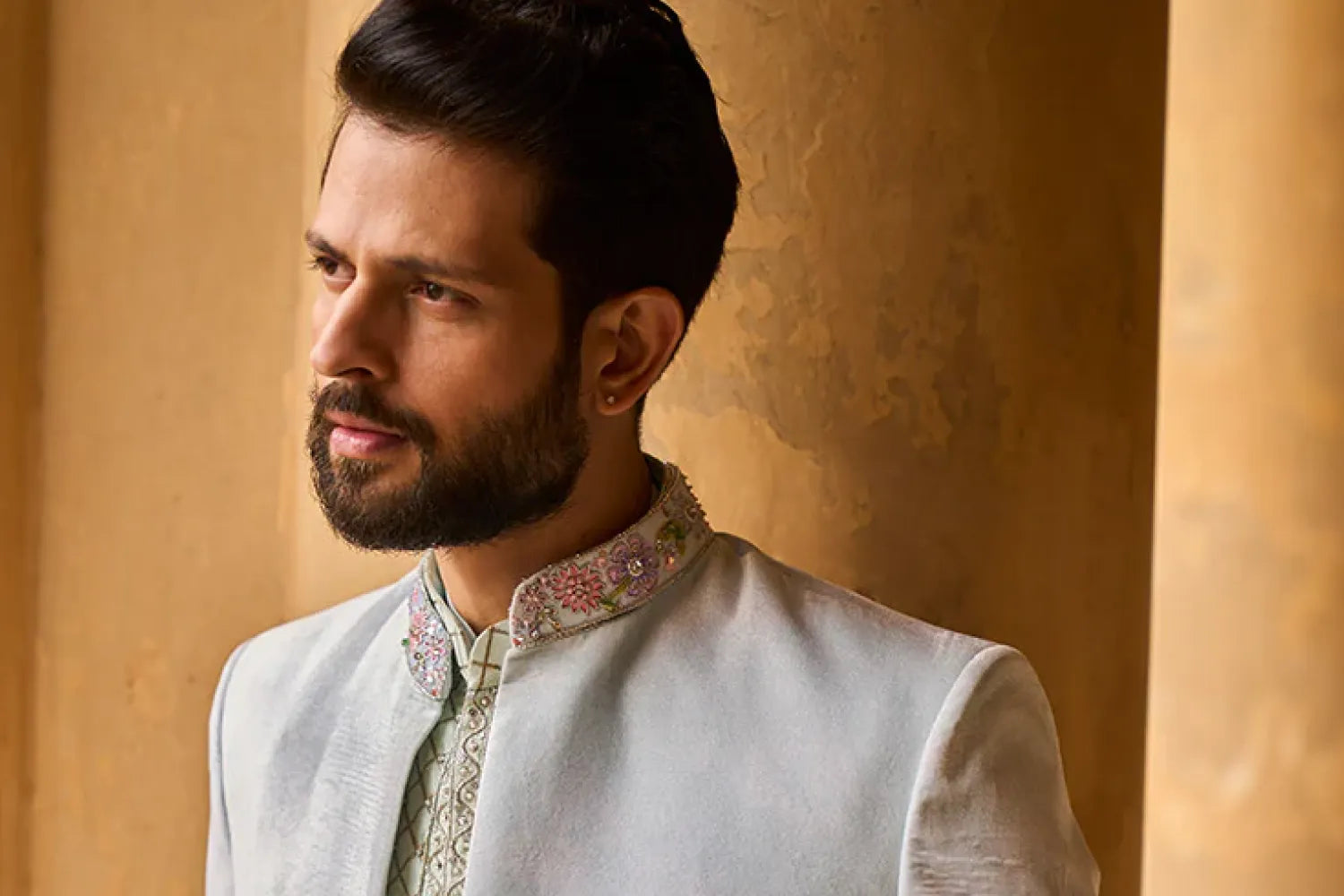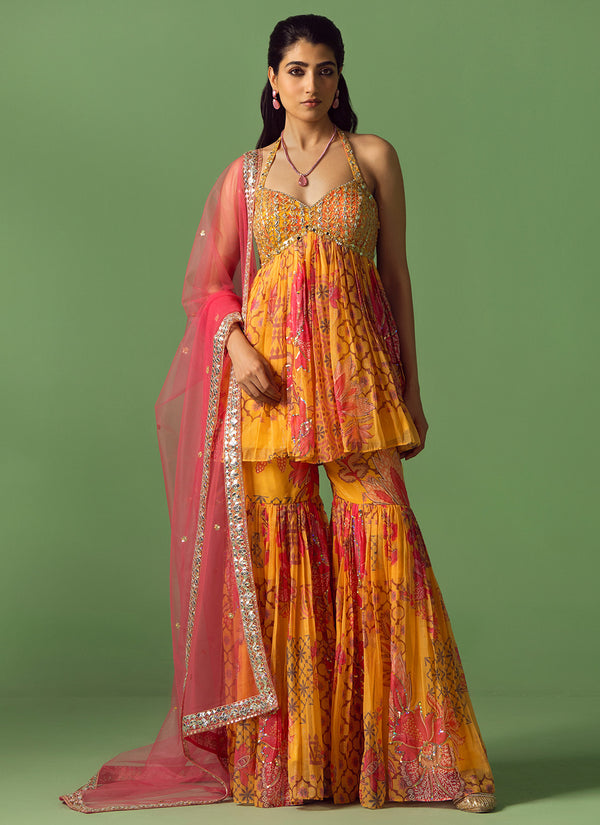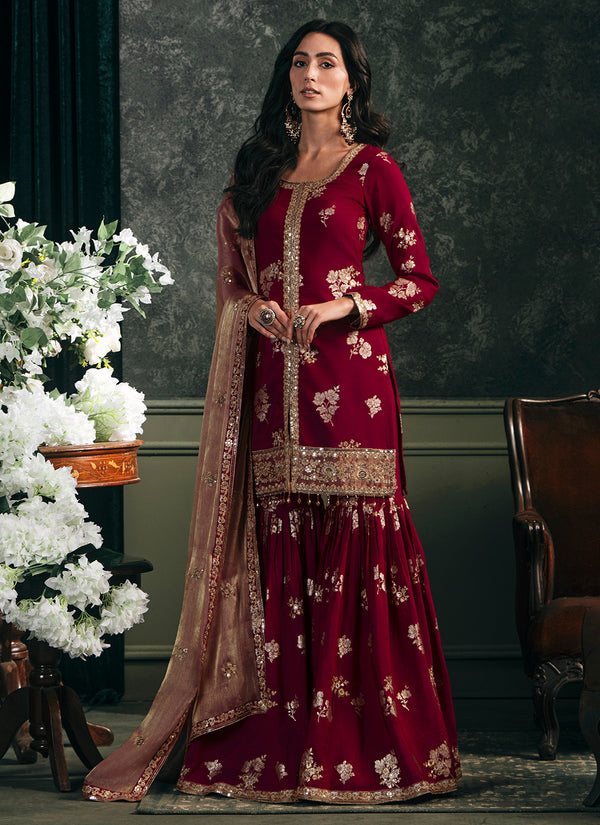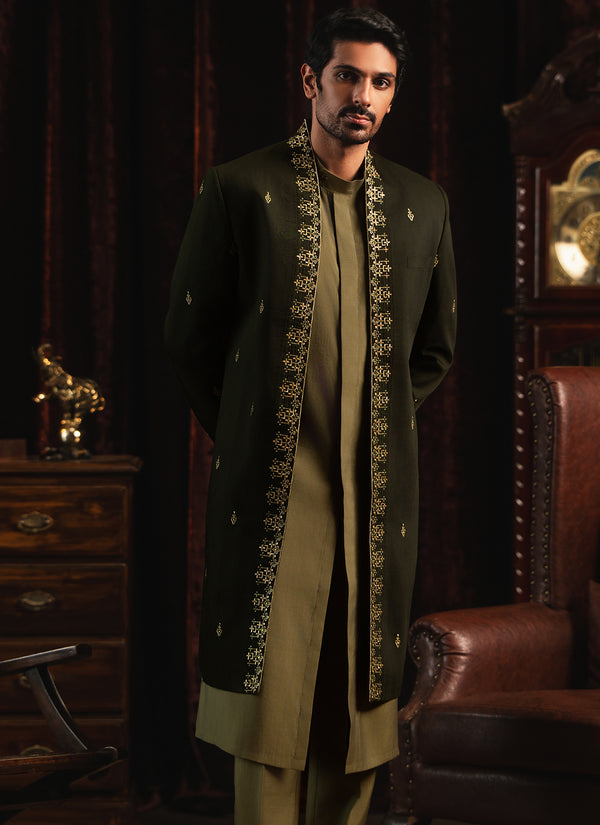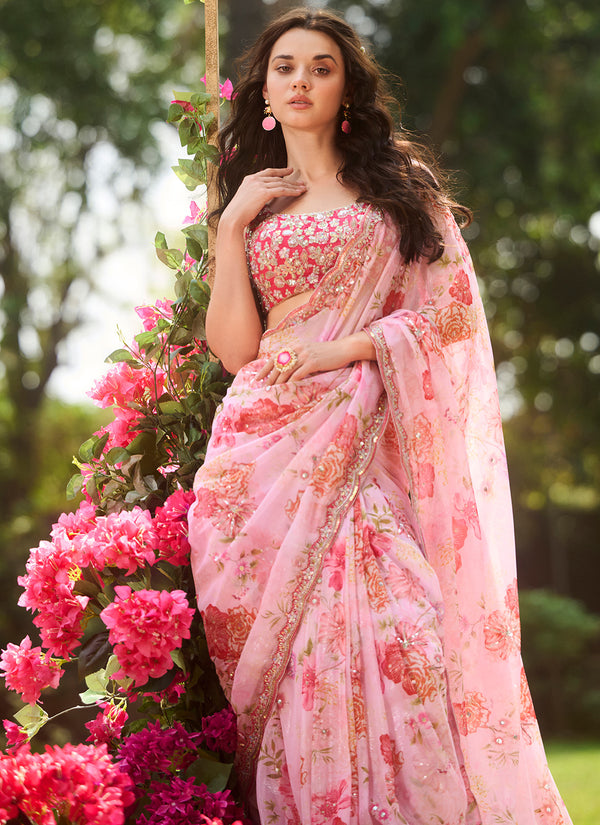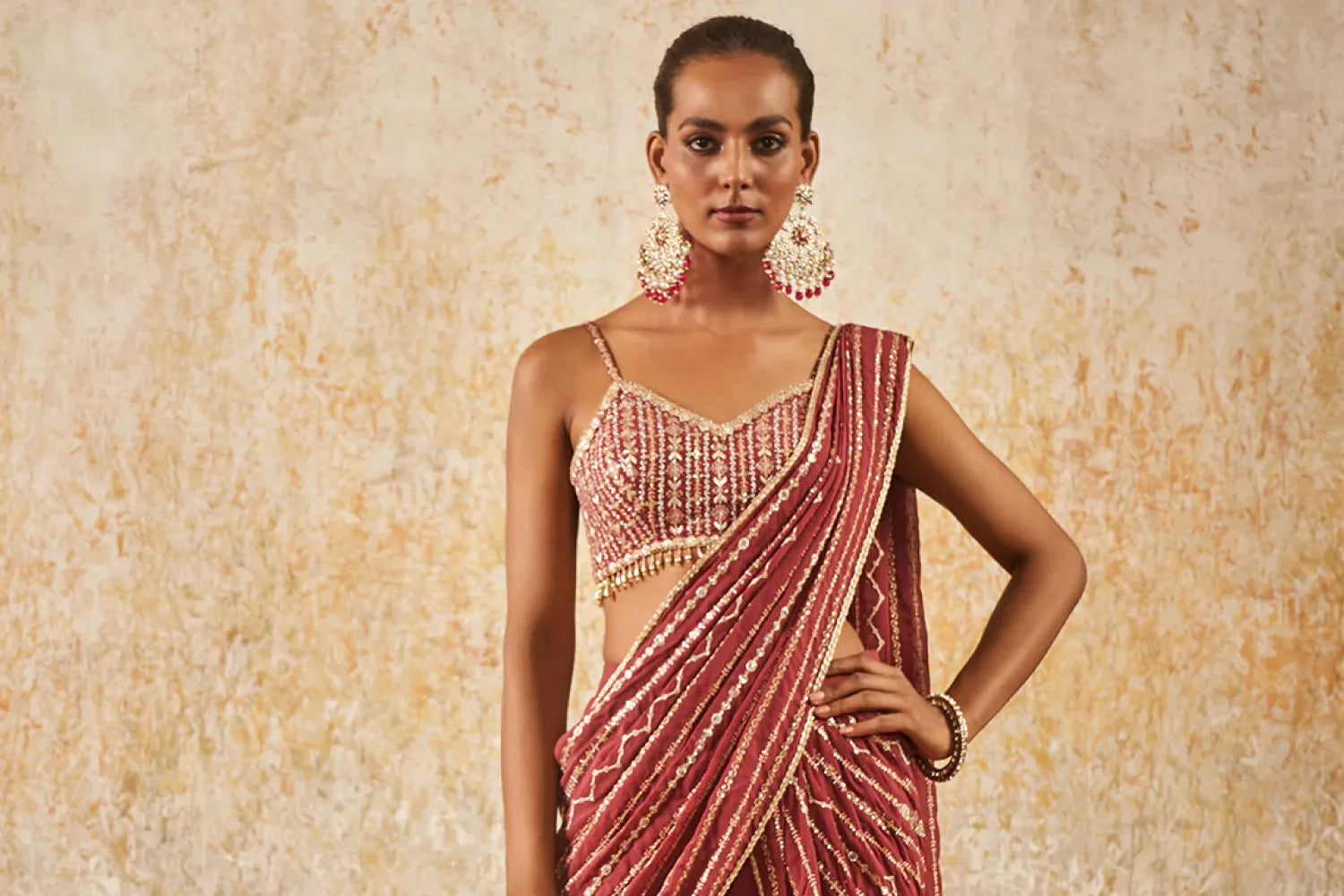
What is an Abaya? Origin, Culture, and Styling Guide
Embark on a journey to uncover the essence of the Abaya—a garment steeped in tradition, cultural significance, and timeless elegance. From its origins in the heart of Islamic heritage to its evolution as a symbol of modesty and grace, the abaya holds a unique place in the world of fashion and spirituality.
Origin of the Abaya
The abaya, a symbol of modesty and elegance, has a rich history that dates back centuries. The origin of the abaya can be traced back to the Arabian Peninsula, where it emerged as a traditional garment worn by women for reasons of modesty and cultural norms. Its precise origins are somewhat ambiguous, as the style and usage of similar garments have been documented across various cultures and historical periods.
In its earliest form, the abaya likely resembled a loose-fitting robe or cloak, designed to provide coverage for the entire body, from the shoulders down to the ankles. This design reflected the cultural values and societal norms prevalent in the region, where modesty and discretion were highly esteemed virtues.
Over time, the abaya evolved in style and design, influenced by factors such as changing fashion trends, cultural exchanges, and religious practices. While its primary function remained consistent—to provide modesty and coverage—the aesthetics and embellishments of the garment varied according to regional customs and personal preferences.
While its origins may be rooted in tradition, the abaya continues to evolve and adapt to contemporary fashion trends, reflecting the dynamic intersection of culture, religion, and style.
Cultural Significance of an Abaya
One of the primary cultural significance of the abaya lies in its role as a marker of modesty and piety. In Islam, modesty is highly valued and is considered an essential aspect of a person's character. The abaya, with its loose-fitting silhouette and full coverage, embodies these principles by concealing the shape of the body and ensuring that women dress in a manner that is both respectful and dignified.
Moreover, the abaya holds cultural significance as a symbol of cultural identity and heritage. Across the Arabian Peninsula and other regions where it is worn, the abaya is deeply ingrained in the local culture, reflecting the traditions, customs, and values of the community. The design, fabric, and embellishments of the abaya often vary depending on regional preferences, showcasing the diversity and richness of Islamic culture.
The abaya also serves as a form of self-expression and empowerment for many Muslim women. While it is worn as an expression of religious devotion and adherence to Islamic principles, women have the freedom to choose abayas that reflect their personal style and preferences. In recent years, the world of abaya fashion has witnessed a surge in creativity and innovation, with designers offering a wide range of styles, colours, and embellishments to cater to diverse tastes.
How To Style an Abaya
Steeped in tradition yet open to modern interpretations, styling an abaya offers a canvas for creativity while honouring the principles of modesty and elegance. Whether you're drawn to minimalist sophistication or bold statement pieces, there's a style of abaya to suit every taste and occasion. Experiment with layering by draping a coordinating shawl or scarf over your abaya for added warmth and dimension. This adds visual interest to your ensemble while ensuring coverage.
Mix and match fabrics and textures to create a dynamic and visually appealing ensemble. Consider pairing the flowing silhouette of the abaya with the structured elegance of the Anarkali or the flowing grace of the Gharara Suit.
Styling an abaya alongside other Lashkaraa’s ensembles like the Black and White Floral Printed Anarkali, Deep Rust and Black Floral Printed Gharara Suit, or Cream Multicolor Floral Printed Sharara Suit offers a fusion of traditional and contemporary elements. While the abaya may be predominantly black, incorporating pops of colour from the floral patterns of the other garments can add vibrancy and personality to your outfit. Choose accessories or a coordinating hijab in complementary hues to tie the look together.
By incorporating these styling tips, you can create a cohesive and stylish ensemble that seamlessly blends traditional modesty with contemporary flair. Experiment with different combinations until you find a look that reflects your personal style and makes you feel confident and empowered.
How to properly wear an Abaya
Properly wearing an abaya involves attention to detail and adherence to modesty standards. Start by selecting the right size, ensuring that the abaya is loose-fitting and provides full coverage from the shoulders down to the ankles, with sleeves extending to the wrists and the hemline reaching the floor. Fasten any buttons or closures securely to prevent shifting. If wearing a hijab, drape it over your head and shoulders before putting on the abaya, ensuring it covers your hair and neck completely. Adjust the fit as needed for comfort, avoiding tightness or restriction in the sleeves.
And, it can be a little difficult if it’s long - when walking or moving, gather the fabric slightly in front to prevent tripping, and take small steps for ease of movement. Finally, care for your abaya properly to ensure its longevity and continued modesty, following manufacturer's instructions for washing and storage.
Modern Takes on Abayas
Designers have introduced abayas with sleek and structured silhouettes, featuring clean lines and tailored cuts that offer a modern aesthetic. These abayas often incorporate elements like asymmetric hems, statement sleeves, and fitted bodices, creating a sophisticated and fashion-forward look.
Modern abayas are adorned with intricate embellishments such as sequins, beads, embroidery, and appliqués, adding a touch of glamour and luxury to the traditional garment. These embellishments elevate the abaya, transforming it into a statement piece that exudes elegance and style.
While black remains a classic choice for abayas, modern designers are experimenting with a wide range of colours to offer more diversity and choice. Pastel hues, jewel tones, and bold shades are increasingly popular, allowing women to embrace colours of their liking. Modern abayas often include functional design elements such as pockets, belts, and adjustable closures, offering convenience and versatility for everyday wear. These features combine fashion with functionality, allowing women to stay stylish while on the go.
Some designers are blending traditional Islamic attire with elements from other cultures and fashion trends, creating abayas that reflect a fusion of cultures and influences. This cross-cultural approach results in unique and innovative designs that appeal to a diverse audience.
Embrace the Art of Styling Abayas
Overall, modern takes on abayas showcase the evolution of Islamic fashion, embracing innovation and creativity while staying true to the principles of modesty and respect. With their diverse styles and designs, these contemporary abayas offer women the opportunity to express their individuality and personal style while honouring their religious beliefs.

